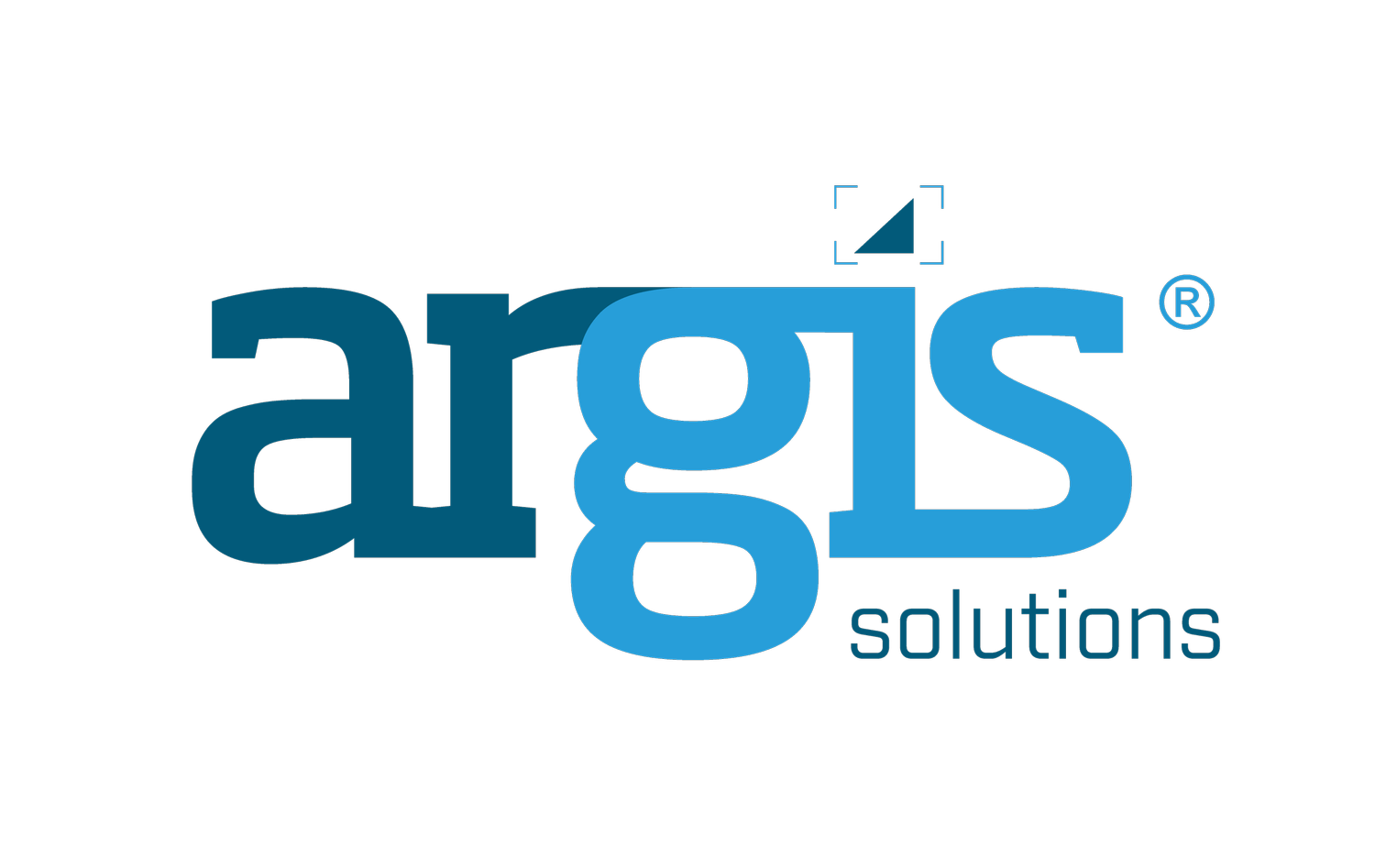Douglas County, Colorado Builds a Future-Ready GIS Foundation
A large, rapidly growing, Colorado county modernizes its GIS with a plan that supports future technology changes.
A Massive GIS Modernization Initiative
Douglas County, Colorado is the sixth largest county in the state, and one of the state’s most rapidly growing counties. This explosion in growth brings challenges in managing larger volumes of tax assessments, new addressing, and parcel creation.
The County’s geographic information systems support government functions that extend from supporting the Sheriff’s Office, tax assessments, new addressing and parcel creation, snow removal, emergency management, to sharing county data with the public.
Supporting this level of growth requires state-of-the art GIS. Douglas County was using a deprecated version of ArcGIS® Desktop and needed to move to ArcGIS® Pro. This transition would be complex, requiring the migration of a large amount of custom code.
Douglas County’s Assessor’s Office was using a custom set of ArcObject tools to edit parcels and addresses, but these tools were almost twenty years old. The tools were functional but would be unsupported with the deprecation of ArcMap™ and ArcGIS® Enterprise versions 10.4.1 and 10.7.1.
Douglas County hired Argis Solutions, Inc., a Colorado-based GIS consultancy and Esri Silver Partner to assist in these transitions. Argis helped move Douglas Couty to the latest version of ArcGIS Enterprise and assisted with data migration, consulting the County’s database model to ensure relationship classes were properly constructed in the new databases.
Out-of-the-Box and Minor Customization Create Long-Term Value
Argis and the County's GIS team analyzed the Assessor’s Office’s old tools with the goal of replacing them with as many of Esri’s commercial-off-the-shelf (COTS) options offering similar functionality. They identified four that could easily be replaced by existing Esri COTS tools.
The remaining tools were placed into two categories offering different levels of customization based on the tools’ functional requirements:
Geoprocessing tools that require configuration in Model Builder™ within ArcGIS Pro, with some requiring minor Python coding
Customizable Python geoprocessing toolboxes
As Douglas County examined the tools appropriate for category one, they pivoted to a different approach. Instead of using geoprocessing tools configured in Model Builder, the County chose to use tasks and Python code within ArcGIS Pro.
Tasks allowed for a guided step-by-step flow of how to edit GIS data. Tasks can be configured to allow layer visibility, selection, and even set edit controls. Tasks also provide several additional benefits:
Tasks are a quick and easy interface for untrained people that need to work with GIS tools.
Tasks offer an easier transition from ArcGIS Desktop to ArcGIS Pro. When tasks are employed, users don’t have to hunt for the tools they are using.
Tasks’ wizard-like interface makes them very user-friendly. The workflow is provided in steps.
Addressing, subdivisions, parcels, utilities, etc., are trending in the direction of tasks for workflows utilizing Esri’s database models and solutions.
The tools created using tasks are critical for maintaining the County’s parcels and addresses.
Ahead of Schedule with Improved Workflows and Tools
Supported by Argis’ GIS consulting services, Douglas County’s modernization goals are ahead of schedule, minimizing the amount of internal time the County needed to allocate to such a significant move. By utilizing COTS and minimally customized solutions, the County has better workflows and its tools will require less upkeep over time with future Esri upgrades and changes.

